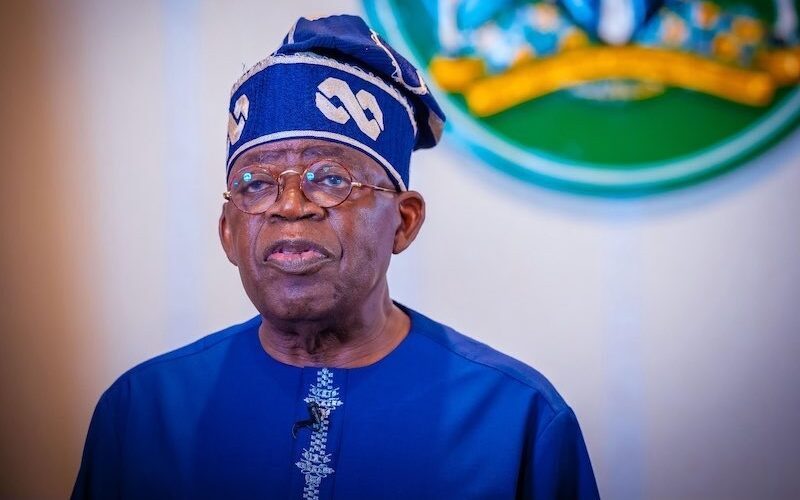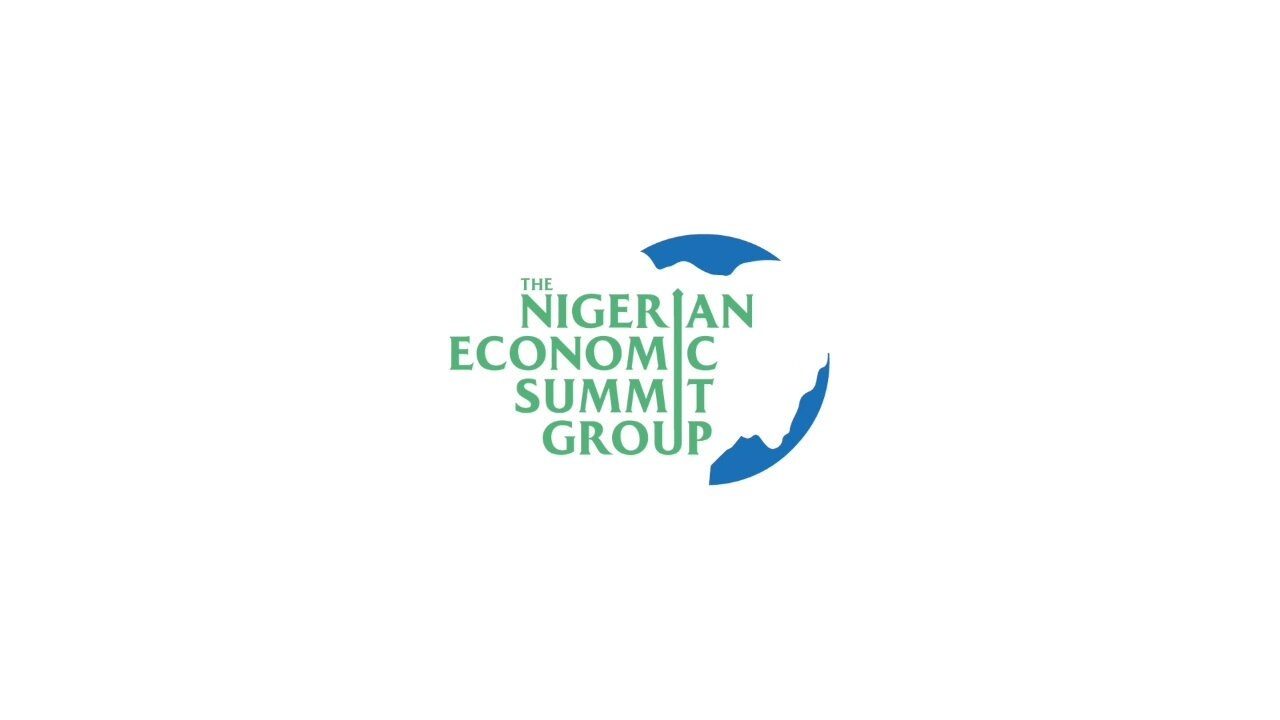Adedayo Akinwale in Abuja
The United Nations Development Programme (UNDP) has said that most African countries do not fully understand the process and the sort of data to present to improve their credit ratings.
UNDP Chief Economist, Head, Strategy, Analysis and Research Regional for Africa, Dr. Raymond Gilpin, disclosed this on Tuesday in Abuja at a dialogue with key institutions with the theme ‘Navigating Credit Ratings and the Price of Risk: Unlocking Affordable Capital for Nigeria.’
He decried lack of synergy among government agencies to ensure that the data, the policy frameworks and narrative are all consistent.
Highlighting the challenges affecting the credit ratings of African countries, he said: “One, many African countries don’t fully understand the process. Many African countries are more accustomed to dealing with the International Monetary Fund (IMF), the World Bank. They know how to prepare for those missions.
“Credit ratings missions are different and more specific, and so understanding the process and what sort of data is necessary for the credit ratings is very important. That’s the first challenge, understanding the process.
“The second challenge is the data that is required. It’s not just financial and economic data, it’s also institutional data, regulatory data and governance data. Many governments don’t collect all of that data. Many governments don’t, even if they have it, don’t always share that data.
“That leaves a bit of a gap in the analysis. And so getting governments ready and able to prepare the data and then make it available in a timely and reliable way, that’s a second challenge.
“The third challenge is that preparing for credit ratings requires many government agencies, ministries, departments and agencies to come together to ensure that the data, the policy frameworks, the narrative, are all consistent.
“Many countries do not have an interagency committee to do that, and because of that, you know, it leaves the credit ratings agencies with some doubt about how credible a country’s story is. If the ministries, the departments, agencies in the country don’t have one consistent story.”
Gilpin explained that there are three phases in the credit ratings process to rate a country.
He noted: “First of all, they look at the data that says how the economy is being managed, how the economy is performing, what sort of institutions and laws enable the private sector, and then what governance looks like, particularly economic governance. Those indicators are then calculated to give you your initial rating for the country. That’s the first phase.
“After that, you take that rating and they discuss it in what they call ‘the committee’. In committee, you then look at some of the qualitative issues, like how credible are the reforms, what other issues might hinder or help the economy, and the assessment of the experts about the future prospects of the economy.
“If the discussion is positive, they could improve the initial phase one rating. If it’s negative, they would reduce it. Once they have that, then that rating then goes to the government, for them to look at and say, do we agree? And then once that is done, you have phase three, when the ratings agencies publish the final ratings to the world.”


